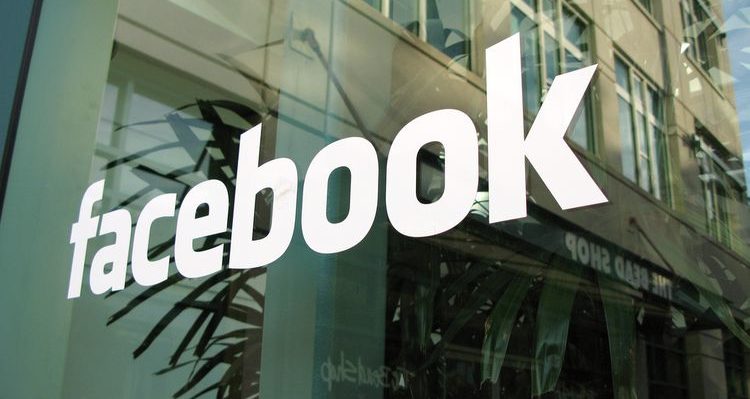
Photo Credit: Google Images
Subscription-based business models and paywalls are all the rage these days on digital media. Over the past 24 months, there has been a last-ditch attempt to save the world’s top media brands (i.e. “the failing New York Times”) by doubling down on strategies to get Internet users to actually pay for the content they consume online. And now Facebook is throwing its hat into the ring, promising a new subscription-based news product that will help to rescue these media companies by generating a new revenue source for them.
The uneasy alliance between Facebook and publishers
Starting sometime in early Fall 2017, Facebook will offer readers a premium, subscription-based model. However, you’d have to be pretty naïve to think that Facebook has the best interests of the media companies in mind. In the dog-eat-dog world of modern capitalism, it’s all about the dollars. And by positioning itself as some kind of portal or gateway to subscription-worthy media content, Facebook – not the publishers — stands to make the most money.
Of course, Facebook may decide to throw digital publishers a few bones, just to keep them happy. According to initial reports that came out at the beginning of the summer, Facebook will make it easier for readers coming across Instant Articles published on Facebook to then find a subscription link on the digital publisher’s site. Readers might somehow decide that they’d rather subscribe to the media site than Facebook.
The failed promise of Instant Articles
That’s the hope of publishers, anyway. They might not want to admit it, but publishers were basically fooled by Facebook once, and now they might get fooled again. Back in 2015, some of the biggest names in media –including “the failing New York Times” – made a terrible business decision. They decided to publish their articles directly on Facebook (“Instant Articles”), and not on their own website. The idea was that Facebook could indirectly help them get more traffic for their website, which, in turn, would lead to new subscription dollars. People would be so impressed with content appearing on Facebook for free that they’d dig deep and actually pay for content on another site.
How did that work out for them? So now the publishers are demanding that some kind of paywall be placed around their Instant Articles on Facebook. They’re convinced that, even though people wouldn’t pay for content when this content appeared on a paid website of a prestigious media brand, they would somehow pay for this same content when it appears on Facebook. Repeat that to yourself and understand how nonsensical it sounds!!!!!
The economics of being the content gatekeeper
You can see at a glance at how Facebook is going to win, no matter how their new subscription-based media product shakes out. The reality is that Facebook wants to become “the front page of the Internet.” Presumably, you’d pay some sort of toll or fee for the right to access premium content on Facebook. And, of course, Facebook would pocket a healthy share of that money. And, hey, if brands want to get involved and create premium content, the more the merrier. Facebook will take their money, too. When you’re the gatekeeper, you have the power to do just that.
Still not convinced? Just check out the way platforms like the Apple App Store work. The usual split between Apple (the gatekeeper) and the app developer (the content creator) is somewhere along the lines of 70/30. Apple keeps 30% of the revenue because, well, it can. For content creators, 70% of something is better than 100% of nothing, so they’re forced to go along for the ride while Apple collects its share from every transaction.
And if you think that Facebook isn’t secretly contemplating a similar type of scenario (“We make 30% of everything the New York Times pulls in, and they do all the work!”), then you just need to re-visit the recent history of the Internet. The writing is already on the (Facebook) wall.